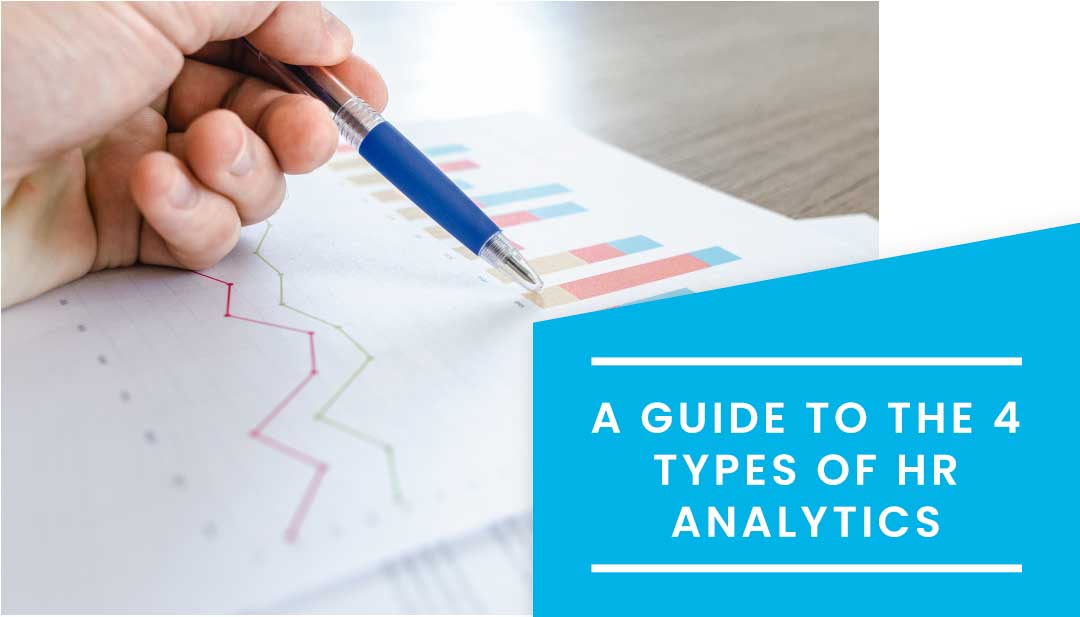The 11 most in-demand work-from-anywhere
September 28, 2022At least 23 million people have transitioned to teleworking
November 11, 2022HR analytics helps HR professionals and their organizations to improve decision-making through data. There are 4 types of HR analytics methods that HR professionals can use, namely, descriptive, diagnostic, predictive, and prescriptive analytics. This article will discuss each of these types and their application in HR.
Descriptive analytics
Is the most basic type of HR analytics and uses data to gain insight into the past. It focuses on past data to account for what happened but doesn’t make predictions for the future. Decision analytics uses statistical analysis techniques to explain or summarize a particular set of historical, raw data.
Diagnostic analytics
Is the next stage in analyzing historical data and explains what has been revealed. Although it is based on the same historical data as descriptive analytics, there is a key difference. Diagnostic analytics goes into the next step of summarizing what happened in understandable terms. It aims to determine the underlying reasons for what the data exposes.
Predictive Analytics
Predictive HR analytics enable HR leaders to make better decisions in areas such as hiring the right candidates, bridging the skills gap, and retaining top talent. It uses historical data gathered from job skills, engagement, productivity, resumes, etc. into forecasts about what to expect in the future.
Prescriptive analytics
Is the final and most complex stage of the analytics journey that transfers predictive analytics into ideas for what to do next.
A general prescriptive analytics definition would be the targeted recommendation for decision options and actions based on the findings of predictive analytics. It offers options for where and how to act to achieve success.
For more information, please visit our website at: www.teamcadre.com
We’re the #1 choice for bilingual remote staffing
#diverseworkforce #remotestaffing #customerservice #teamcadre #customerservicenews #staffingnews #bilingualstaffing #staffing




